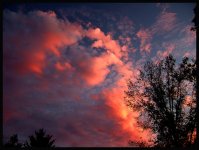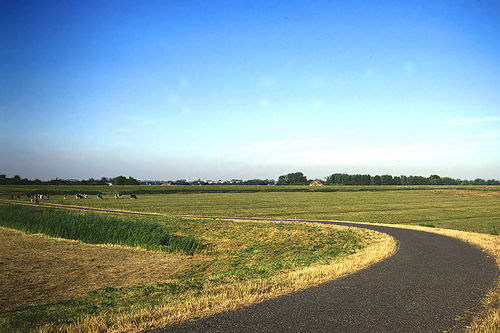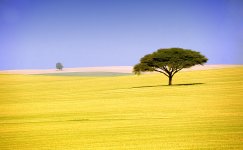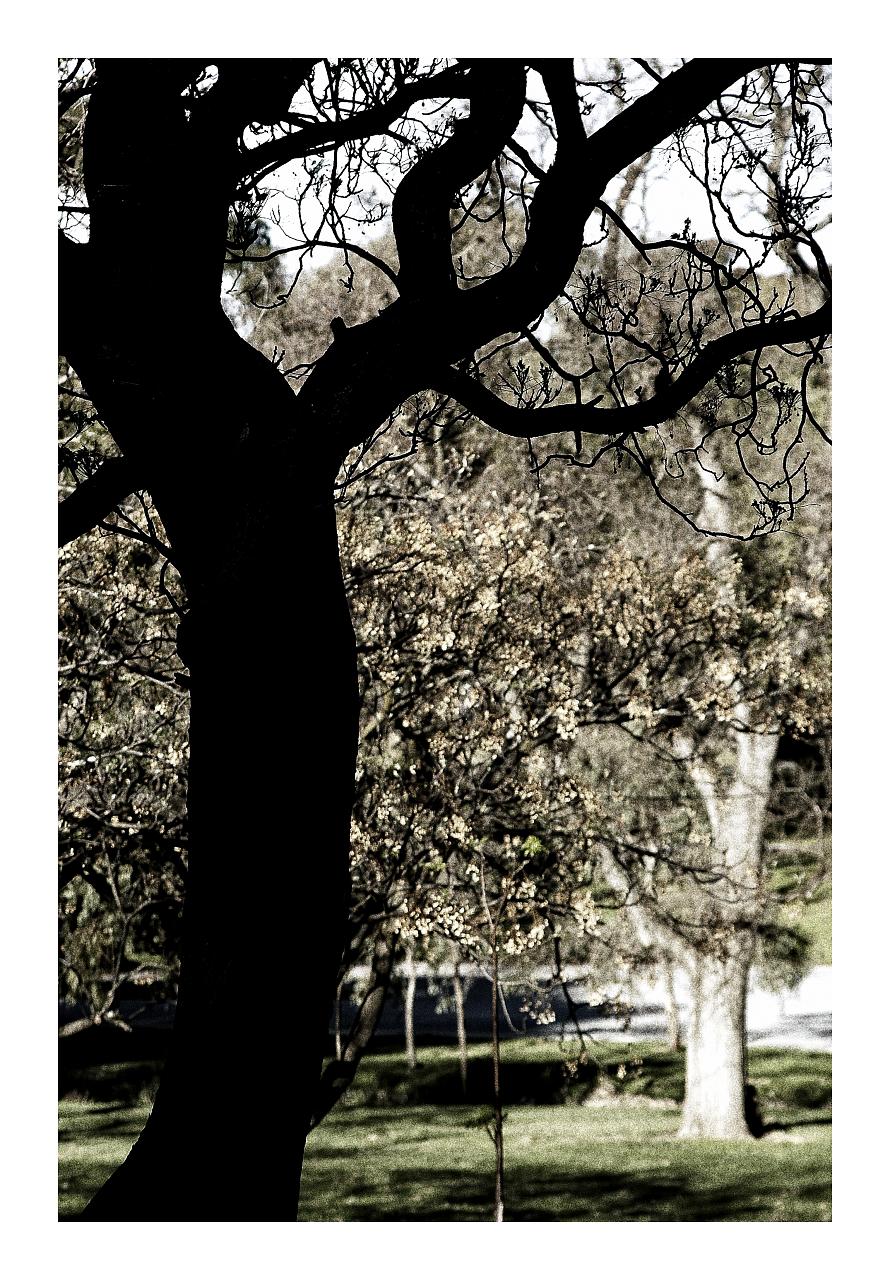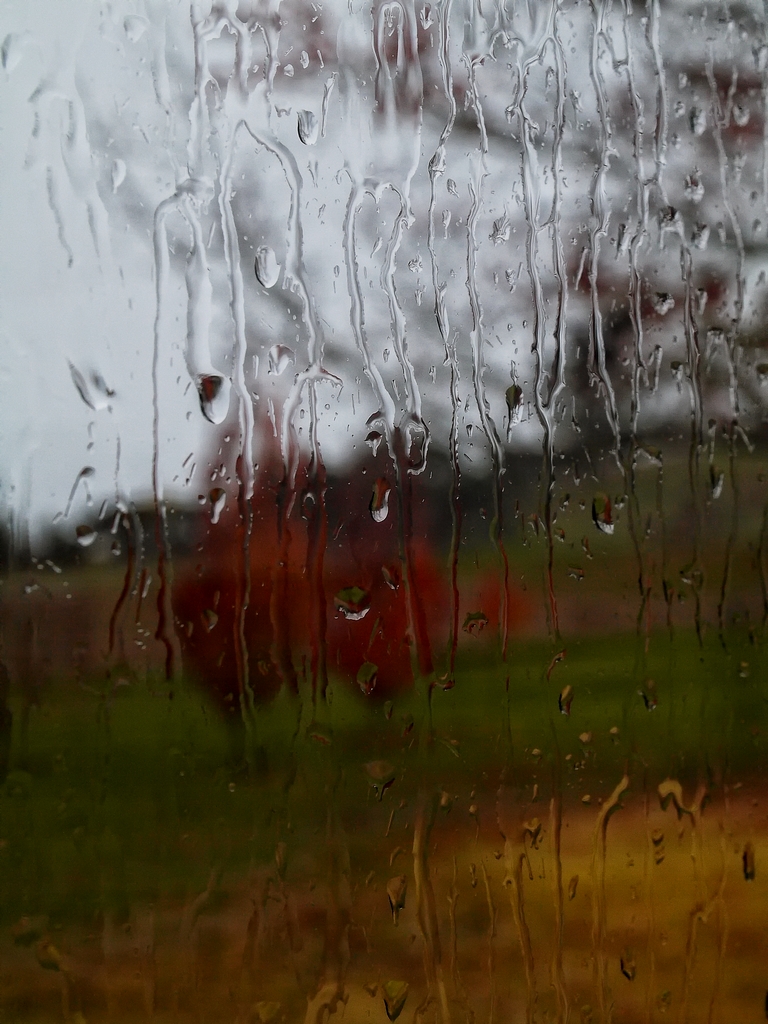ddunn
John
VinceC said:In my experience, the human eye tends to isolate the subject it is looking at, even if much else is in the field of view. That's one reason why many people like the look of midrange telephotos.
The fovea of the eye provides the sharpest image. Many years ago I read somewhere that the 90mm lens on a 35 subtends about the same angle of view as the fovea. [In other words, the 90mm captures what you are seeing the sharpest.] That bit of knowledge got me hooked on the 90 as my "normal" lens, with the 50 as my wide.


